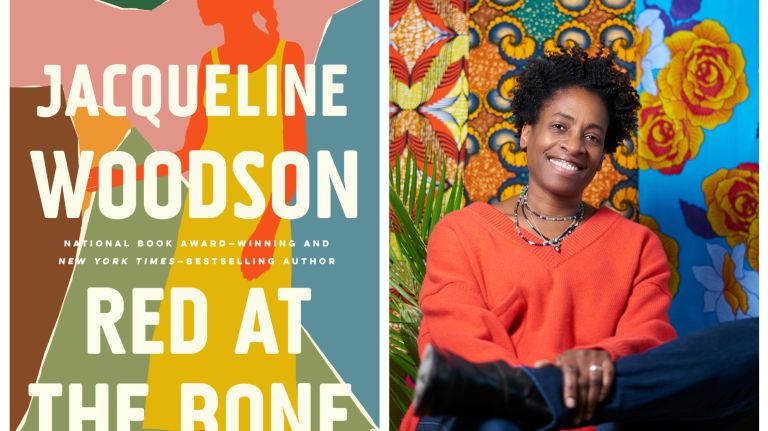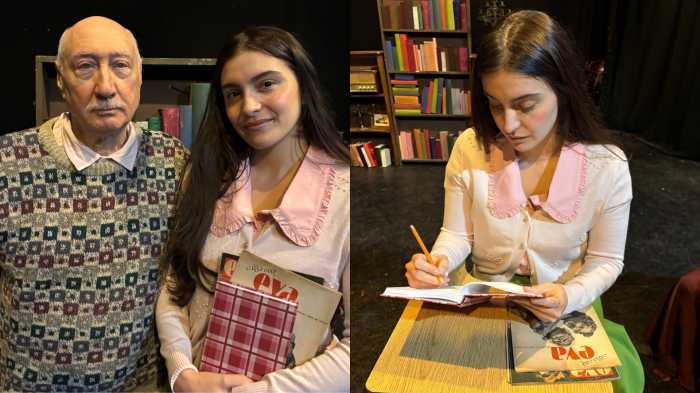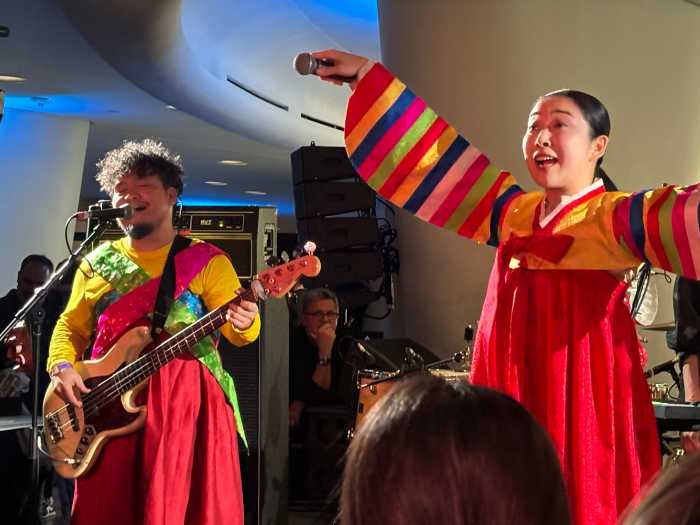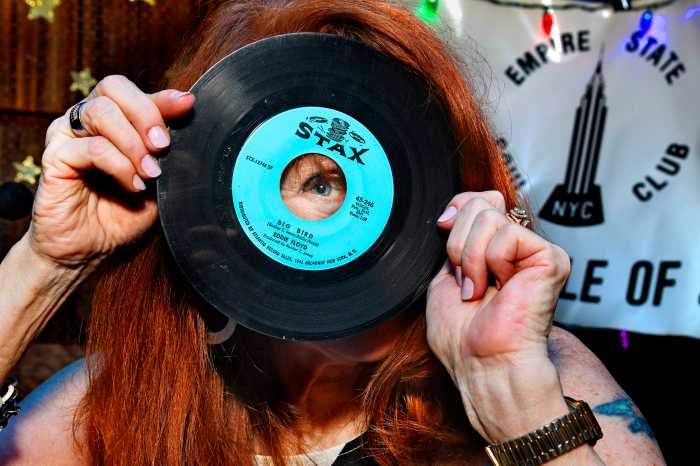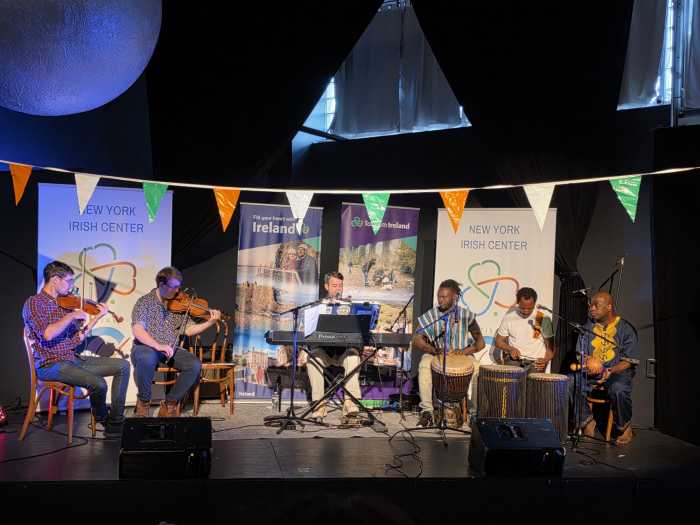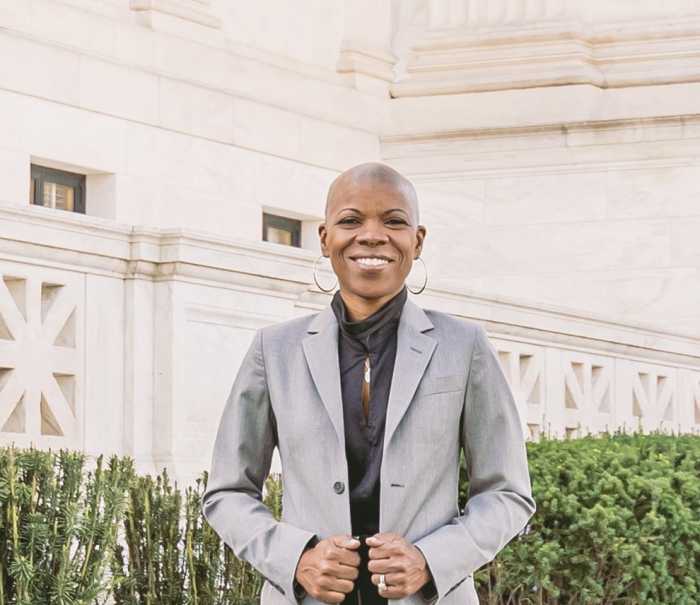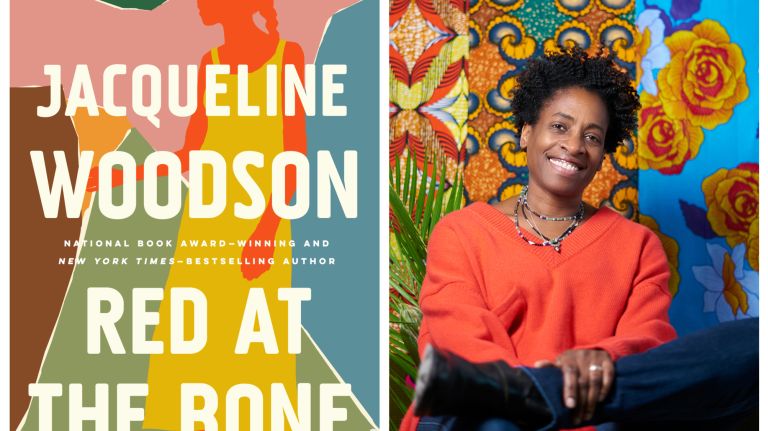
Jacqueline Woodson’s tender and evocative new novel, “Red at the Bone,” should be required reading for any author who believes a successful multigenerational saga must be sprawling and unwieldy.
In barely 200 pages, Woodson peers into issues of race, class, identity and sexuality over four generations. The story begins in May 2001, as Melody prepares for her coming-of-age party in Brooklyn. At 16, she is already a year older than her mother was when she was born. That accidental pregnancy, its consequences and its antecedents, are the heart of her narrative.
The novel is related by six voices — Melody’s, her parents (Iris and Aubrey) and three grandparents. Melody and her friends are proud of how “beautifully black” they are, but the older generations know what it took to rise to this moment. One of the more remarkable passages is Melody’s grandma relating her history, including how her own mother almost died at the age of two during the 1921 race riots in Tulsa, Oklahoma, a massacre that demolished the city’s prominent African American neighborhood.
Midway through comes another stunning chapter, from Melody’s point of view, singular for both its content as well as its ability to be seen as a microcosm of Woodson’s greater achievement. The chapter opens with a lyrical nod to black history, in this case the poetry of Langston Hughes. It continues with the brashness of youth — aware of its obstacles but confident of surmounting them, only to be knocked back by uncertainty when life confronts you with loss.
Music infuses the novel, from the Prince tune of the opening party to Aubrey’s absent jazz trumpeter father; from Melody’s very name to the vivacious rhythm of Woodson’s words. Her writing sings out, impassioned, drawing you on, varying and expanding themes, until you’re immersed in these lives.



